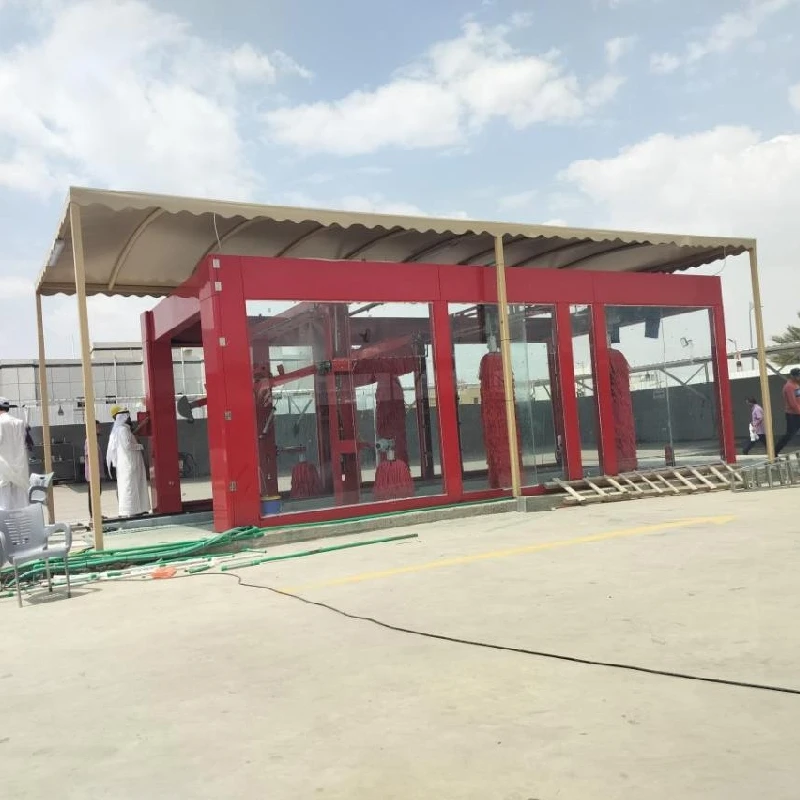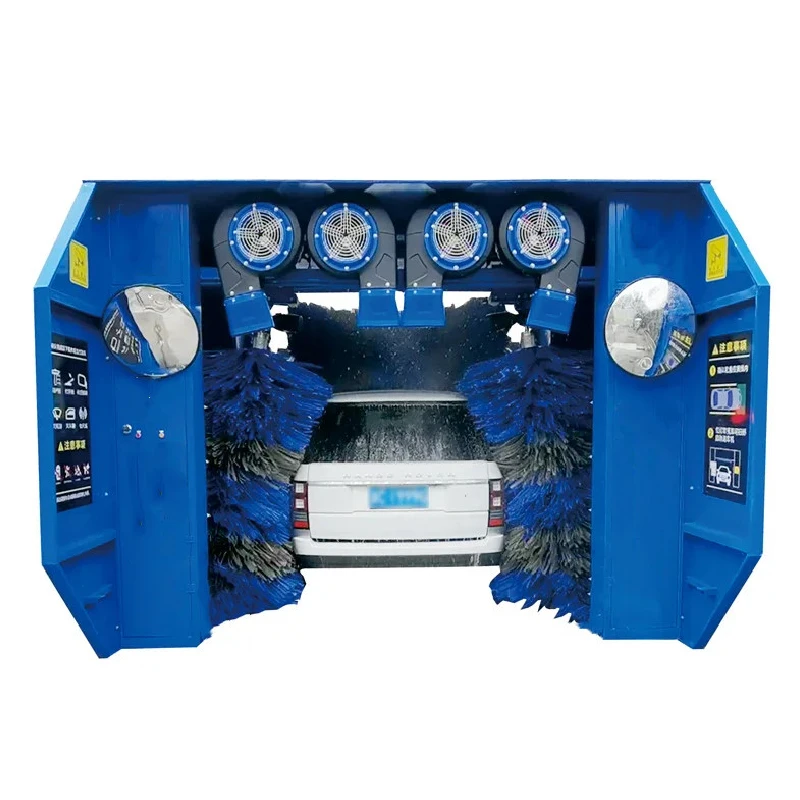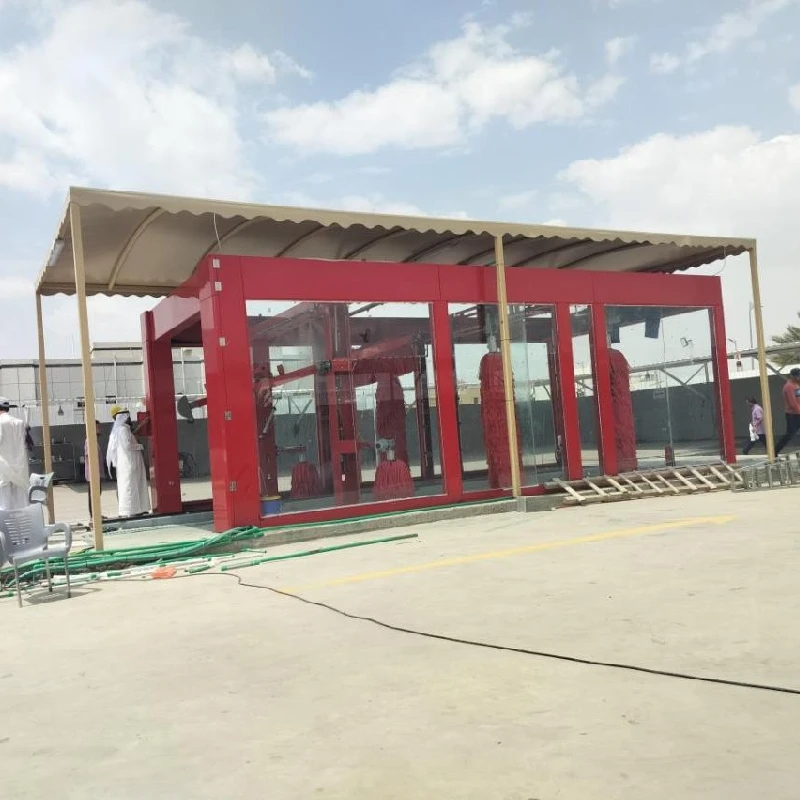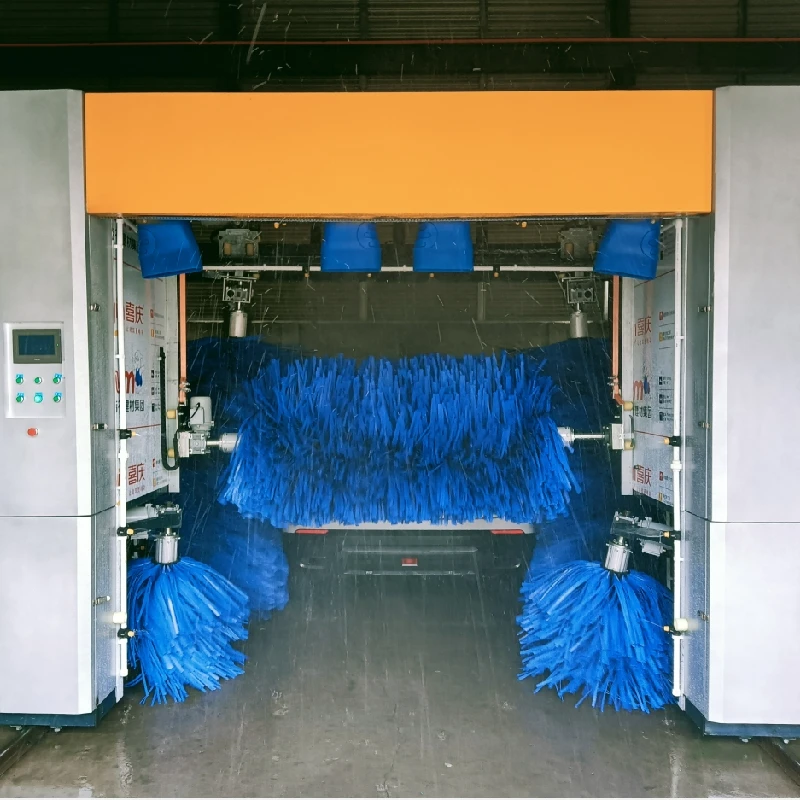Car Wash Tunnel Design: Efficient, Custom, High ROI Systems
Practical Notes on Car Wash Tunnel Design from the Shop Floor
If you’ve ever stood next to a fully loaded conveyor watching 50 cars an hour glide through, you know the difference between a good tunnel and a great one. To be honest, a lot of success comes down to small choices—steel grades, nozzle angles, reclaim loops—that don’t make flashy headlines. That said, the DY-QC-9 Tunnel Car Washing Machine has been popping up in my notebooks lately, partly because the factory in Xingtai, Hebei is taking a very industrial approach to what’s often treated like retail equipment.

Industry trends I keep seeing
- High-throughput, low-touch ops: 40–80 cars/hour with reduced staff.
- Sustainability that actually pencils out: water reclaim and VFDs trimming kWh/car.
- Rigid frames over modular light racks; fewer alignment issues long-term.
- Data-first maintenance—vibration and amp-draw alerts before downtime hits.
What’s inside the DY-QC-9 (specs at a glance)
Origin: 27Retail Sales, East Of Fuxin Road, Qiaoxi Area, Xingtai, Hebei, China. In fact, the build process is reassuringly old-school: national-standard galvanized profiles and plates, CNC machining, welded and formed, then hot-dip galvanizing and powder-spray high-temperature cure. Many customers say the finish holds up better than painted mild steel, which squares with my own site checks.
| Parameter | DY-QC-9 (≈ values, real-world use may vary) |
|---|---|
| Throughput | 40–60 cars/hour at 1.2–1.6 m/s conveyor |
| Frame & Panels | Galvanized steel (ASTM A653 equiv.), powder-coated |
| Motors & Controls | VFD-driven, soft-start; IEC/EN 60204-1 compliant |
| Water Use | ≈ 90–140 L/car with reclaim; chemistry-dependent |
| Cycle Time | 3–4.5 minutes typical express setup |
| Service Life | 10–15 years with routine PM; salt-spray resistance tested (ISO 9227) |
Process flow and testing (how it’s built)
- Materials: national-standard galvanized profiles/plates, corrosion-grade fasteners.
- Methods: CNC cutting → precision welding → forming → galvanizing → powder spraying with high-temp melt.
- Validation: coating thickness checks; salt-spray (ISO 9227) spot tests; electrical safety to EN 60204-1; ingress protection to ISO 20653 (target IPx5 for wash-zone components).
- Final set-up: nozzle mapping, brush pressure calibration, conveyor alignment, then a 100-car shakedown run.
Application scenarios: busy forecourts, membership express sites, fleet depots (municipal, rental), and—surprisingly—dealers wanting consistent pre-delivery cleans.
Vendor comparison (field-notes, not lab-perfect)
| Vendor | Frame/Finish | Typical Throughput | Reclaim & Energy | Notes |
|---|---|---|---|---|
| DY-QC-9 | Galvanized + powder coat | 40–60 cph | VFD standard; reclaim-ready | Strong value; sturdy frame |
| Vendor A | Aluminum + anodized | 35–55 cph | Optional reclaim | Lightweight; quicker install |
| Vendor B | Painted mild steel | 30–50 cph | Basic VFDs | Lower capex; watch corrosion |
Customization and real-world feedback
- Nozzle kits for hard water; foam arches with low-pH pre-soak or ceramic sealant.
- Conveyor widths for SUVs; side blasters for winter grit (my favorite add-on).
- PLC integrations: token, LPR, app memberships.
Owners tell me noise levels feel a touch lower than older tunnels—likely the VFD ramps—and the powder coat looks fresh after the first winter. One operator did flag that aggressive detergents can haze plastics; so, chemistry pairing matters (as always in Car Wash Tunnel Design).
Standards, data, and service life
Certifications typically requested: ISO 9001 for factory QA, CE marking for EEA sites; adherence to EN 60204-1 for electrical safety. For corrosion, galvanized steel to ASTM A653 with powder finish tested under ISO 9227 salt spray gives confidence for a 10–15 year duty—assuming you keep reclaim pH and TDS in check. Energy runs ≈ 0.7–1.2 kWh/car depending on blower HP and dwell; water use can dip under 100 L/car with disciplined reclaim. That’s solid, especially when planning ROI in Car Wash Tunnel Design.
Authoritative citations
- ASTM A653/A653M – Steel Sheet, Zinc-Coated (Galvanized) Specification.
- ISO 9227 – Corrosion tests in artificial atmospheres (Salt spray tests).
- IEC/EN 60204-1 – Safety of machinery: Electrical equipment of machines.
- ISO 20653 – Road vehicles: Degrees of protection (IP code) against water.
- International Carwash Association – WaterSavers and benchmarking reports on water/energy use.
-
Car Wash Equipment – Durable, Efficient, Pro-Grade SystemsNewsNov.10,2025
-
automatic car washing machine price list: Fast ROI, Low CostNewsNov.10,2025
-
Car Wash Tunnel Design for High Throughput, ROI & UptimeNewsNov.10,2025
-
Car Wash Tunnel Design | High Throughput & Low MaintenanceNewsNov.10,2025
-
Automatic Car Washing Machine Price List - Fast ROINewsNov.10,2025
-
Car Wash Tunnel Design: High Throughput, Custom & DurableNewsOct.27,2025




